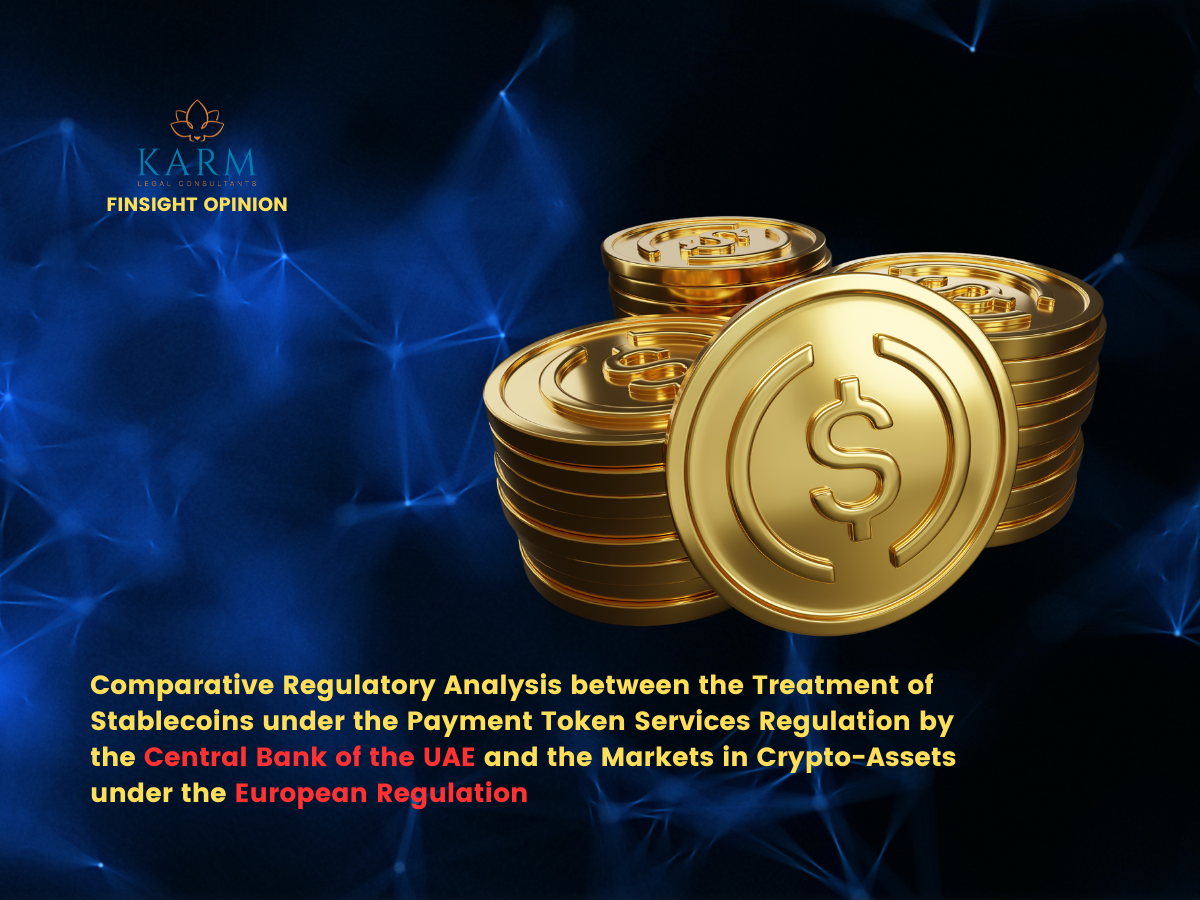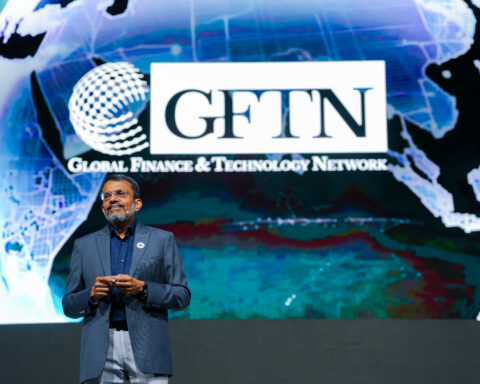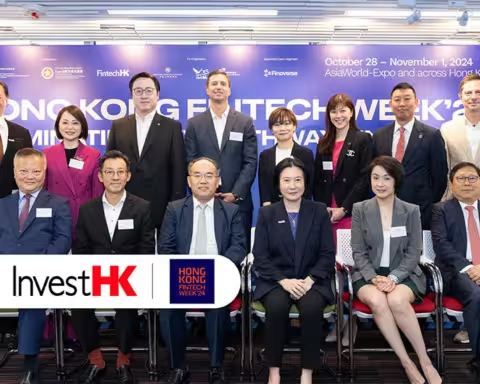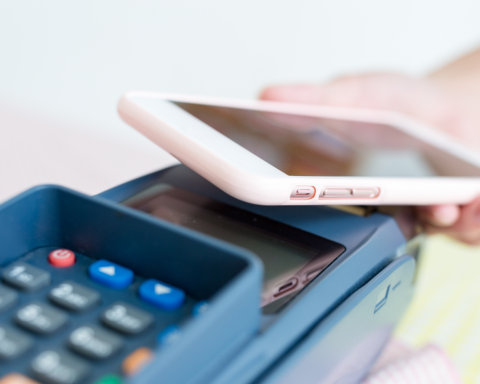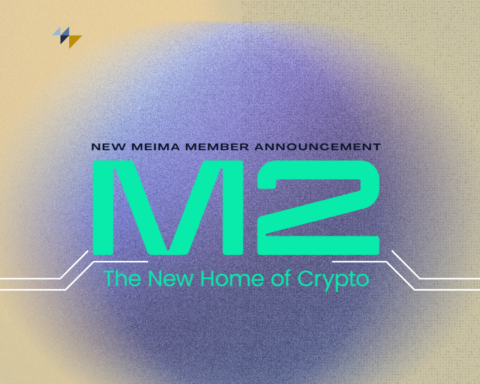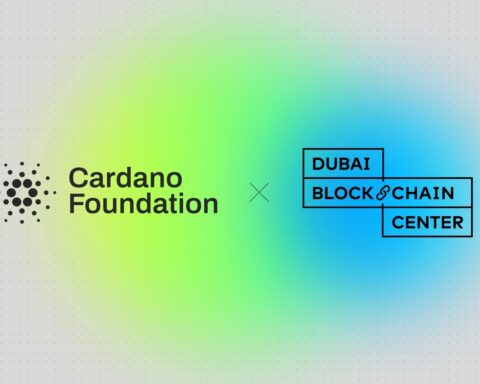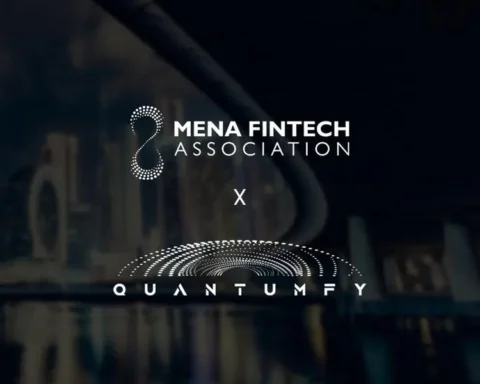Introduction
As initial remarks it is important to emphasise that both regulations are substantially different in scope, nature, and the objects pursued. Besides jurisdictional matters, while the regulation of the Central Bank of the UAE (CBUAE) on payment token services PTSR essentially deals with the issuance, circulation, and operations of stablecoins under its jurisdictional powers, MiCA is more comprehensive, therefore a general legal approach to regulate crypto assets in European markets, where stablecoins namely “Asset-Referenced Tokens” and “E-Money Tokens” is one of the areas MiCA aims to regulate. Nevertheless, a legal analysis on how both regulations onboard the issuance, offer, trading, conversion and transfer of stablecoins is relevant to guide market participants looking forward to support clients and tokenholders across the jurisdictions involved and the registration and or licensing requirements to be in place to provide their services.
Accordingly, this document displays an analysis across eight main areas covering definition, classifications of tokens, regulated activities, the treatment of algorithmic stablecoins and privacy coins, exemptions, as well a preliminary outline of nascent principles derived from both regulations, differences, and regulatory innovations thereon.
Definitions
Both regulations recognize virtual assets not only as a transferable representation and store of value, built on top of blockchain infrastructure, but also as representation of rights, which from a legal perspective, opens the path to regulate several ramifications of enforcement mechanisms, dispute resolution schemes and harmonization of rules and standards in the domestic and international sphere around such rights.
Definitions in both regulations departs from the technological understanding of stablecoins as specific category of virtual assets aiming to control the connatural volatility of virtual assets through referential mechanism to sovereign currencies so-called fiat currencies and the content of the assets reserves required to guarantee such reference, namely fiat currency, which in the blockchain realm are classified as fiat collateralised stablecoins, and make them a suitable use case for virtual payments.
Classification
The PTRS classifies stablecoins or Payment Token (PT) into Dirham Payment Token (DPT) and Foreign Payment Token (FPT). The first one understood as stablecoins referencing the value ‘denominated’ in Dirham. The second, understood as Payment Token with value (i) “denominated in a Foreign Currency,” it means, directly pegged to the value of a specific foreign currency, for instance USDT, USDC, or (ii) “denominated by reference to the value of another Payment Token whose value is denominated in a Foreign Currency” for instance BUSD or TUSD as referencing payment tokens denominated in the same fiat currency.
MiCA classifies stablecoins in two main categories: (i) Electronic Money token (E- money token) referring to a type of crypto-asset that purports to maintain a stable value by referencing the value of one official currency, for instance USDT, BUSD, TUSD, USDC. (ii) Asset-Referenced Token referring to a crypto- asset other than E-money token that aims to maintain a stable value by referencing another value or right or a combination thereof, including one or more official currencies, for instance DAI and sUSD. In this regard, MiCA is more extensive regulating an additional type of stablecoins technically called crypto- collateralized stablecoins.
Regulated Activities
The PTSR regulates and allows three main activities around payment tokens, as the regulation defines stablecoins, when certain conditions are met: (i) the issuance of payment tokens, (ii) the custody and transfer services of payment tokens, and (iii) the conversion of payment tokens.
In addition, the PTSR framework establishes three differentiated and specific legal procedure segregated on (i) the nature of activities the applicant aims to provide and (ii) whether the applicant has been previously licensed by another relevant authority. Therefore, while Payment Token Service Providers, and issuers of payment tokens denominated in Dirhams require license to operate, the issuance, custody & transfer, and conversion of Foreign Payment Tokens require registration. In addition, the Virtual Asset Service Providers (VASP), banks and exchange houses require a Non-Objection Registration to engage in activities related to Dirham Payment Tokens.
Fom MiCA’s standing point, activities and services related to Asset-Referenced Token and Electronic Money token and both cases, requires application for authorization by the competent authority of the home Member State.” Nevertheless, no classification of authorization procedures exists under MiCA’s legal framework on stablecoins desegregated by type of service or activity.
Algorithmic and Privacy Coins and the treatment of CBDC
PTSR establishes express prohibition on the issuance, promotion, performance of activities related to algorithmic stablecoins and privacy coins. From the MiCA’s perspective, the treatment of Algorithmic and Privacy Coins is not expressly deemed in the regulation, setting the path for different interpretations around the MiCA’s treatment on the subject.
A similar distinction is characteristic in both regulations related the treatment of CBDCs. While PTSR expressly distinguishes CBDCs from Dirham Payment Tokens and Foreign Payment Tokens, MiCA stays silent in relation with the subject. Therefore, certainly the regulation does not apply neither to CBDCs issued by the European Central Bank (ECB), nor to CBDCs issued by national central banks, which remains within the scope of the
traditional monetary policy of the ECB and the Member States.
Exemptions
PTSR outlines four main exemptions:
Payment Tokens used for reward schemes
(i) when issued in return for a sum of money paid by the Payment Token issuer or a merchant under an agreement with the Payment Token issuer. (ii) Used for payments for good or services provided by the Payment Token issuer or Merchant. Examples outlined by the regulation of the former conditions include loyalty schemes provided by shop and supermarkets offering rewards to their clients.
Payment Tokens for bonus point schemes,
(i) used as point of units regardless their nominations, paid by the PT issuer or a merchant under an agreement to provide goods or services to the customer. (ii) When the customer may only use the PT for making payments for good or services provided by the Payment Token issuer or a merchant. Examples outlined by the regulation of the former’s conditions include airline mileage, customer loyalty schemes when the PT are not redeemable for cash.
Payment Tokens that can only be used as means of payment for non-financial goods or services provided by the Payment Token issuer.
Payment Tokens exempted by the Central Bank where certain conditions are met including (i) if the issuer had to hold a reserve of assets no exceeding 500,000 AED, or (ii) if the number of token holders is not more than hundred. However, the Central Bank reserves the authority to determine if a certain PT is not longer exempted and therefore required the application for a license or registration.
MiCA outlines the following exemptions distinctly applying to Asset-Referenced Tokens and E-Money Tokens:
When over a period of twelve months, the outstanding value of the Asset-Referenced Token never exceeds 5 million Euro. In the case of E-Money tokens, the exemption applies activities not exceeding the limit set by the Member State but that, in any event, surpassing 5 million Euro.
When the Asset-Reference Token is addressed solely to qualified investors according to applicable regulations thereon.
MiCA establishes additional exemptions covering E-Money Tokens for closed loop tokens and purchases made for on-device goods or services, for instance, app purchase, and mobile service.
Principles Becoming Regulatory Standards
As crypto regulation evolves and matures globally, a distinct convergence of principles across various regulatory frameworks is becoming increasingly evident. This trend reflects a concerted effort by policymakers to harmonize standards and best practices, fostering greater consistency and predictability within the crypto ecosystem.
This alignment not only facilitates cross-border regulatory coherence but also enhances the legitimacy and operational certainty for market participants, ultimately advancing the broader adoption and resilience of the crypto industry. Some of these principles are also evident in MiCA and the PTSR regulation on activities related to stablecoins, likely to be followed by other regulatory bodies worldwide.
Licensing and authorization for activities involving stablecoins: In both MiCA and the PRSR a general prohibition is outlined on the promotion, offering, trading, or performance of stablecoins without (i) domestic incorporation,
(ii) authorization, and (iii) licence or Registration, applicable based on the activities and services to provide by the applicant.
Comprehensive assessment of White Papers: A higher level of regulatory clarity is achieved in both MiCA and PRSR legal framework on stablecoins, not only concerning the content of the document but also the liability for the information they contain. Such assessment includes an extensive and desegregated list of elements disclosing the identity of the issuer, clear statements on the rights and obligations attached to the payment token/asset reference,
information on the underlying technology, risk disclosure, information on the reserves of the assets, fairness, the prohibition on any misleading information, and standardised disclaimers are a few of request for a positive assessment and acceptance of whitepapers by the authority involved.
Liability concerning the content of the whitepaper: As briefly announced in the previous paragraph, both regulations MiCA and the PTSR contemplate sanctions for inconsistencies or misleading information stated in the whitepaper.
Applicants other than the original issuer operates as an exception: Incorporation and authorization, licensing, or registration of the original issuer of the stablecoin is becoming a clear principle under both regulations. Therefore, the incorporation or registration by additional service provider is exceptional, limiting the possibility to establish regional representations for a given stablecoin based on private arrangements thereon.
Strict overseen and compliance control on Reserve of Assets: Only fully fiat-backed stablecoins are allowed to operate. Nevertheless, a significant difference is noticeable regarding MiCA, which in addition allows the operation of Assets-Referenced Tokens, technically called crypto-collateralized stablecoins, to operate within the scope of its jurisdiction. A particular category of stablecoins fully backed in crypto when additional conditions are met.
Differences
MiCA establishes higher relevance and extensive compliance requirements to the Whitepaper underlying the Asset-Referenced Token or E-Money Token than the relevance of the document.
PTSR makes a differentiated authorization scheme for PT referenced to the local official currency (Dirham) and foreign official currency. As PTSR requires licensing for the first case, and registration in the second case. While MiCA requires the service provider that the local currency is deemed to be offer to the public in the Union.
Under MiCA, the prohibition to offer or seek admission to trading is excepted for asset- reference token with average outstanding value not surpassing 5M Euro or in private placement offers to qualified investors. Such thresholds and exceptions are no applicable in the case of PRSR.
MiCA does not differentiate between issuance, custody, transfer, conversion or provision of services related to token payments, while PTSR establishes a disaggregated procedure for the different types of interaction with payment tokens, establishing a different threshold for entities involve, from licensing acquisition procedures to registration and Non-Objection requirements with a more expedite legal procedure.
PTSR expressly opens the applicability of harmonization and mutual recognition procedures with other relevant foreign authorities in cased of licensed VASPs providing similar level of protection and regulation with similar nature and extend of the regulation on Virtual Assets.
In the process of application submission, both regulation requires the provision of Legal Opinion on numerous angles of the token involved, the payment token involved, including the assessment on the compliance of whitepapers and other relevant documents and policies with applicable laws, on the protection arrangement of the Reserve of Assets to ensure the legal soundness, governance arrangements, internal control mechanism, the qualifications of the board and senior managers involved with the offer, issuance, performance of the token, among others.
Finally, and as mentioned in the previous section, MiCA allows the operation of crypto- collateralized stable coins, under the legal connotation of Asset-Reference Tokens. Technical connotation not regulated under PSTR.
Regulatory Innovations
Customer Agreement: The establishment of contractual framework to regulate the relationship between Payment Token Service Provider, including the Payment Token Issuer and the token holder, even it is unidentifiable, in relation to the rights and obligations, written in a clear, plain and understandable manner. Modifications to the Customer Agreement should be notified
30 days before the changes become effective.
Face-to-face meeting with the Payment Token Regulator: In person meetings between the Central Bank and controllers and senior management of the applicant is an innovation presented by the PTSR emphasizing the close interaction between regulators and service providers.
Carolina Rios leads the Virtual Assets team at Karm Legal Consultants, one of the first specialized law firms in the UAE providing legal services to web3 companies and supporting government institutions in developing and implementing bespoken regulations on virtual assets.



